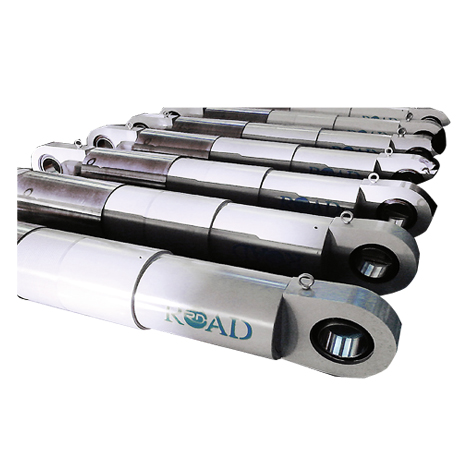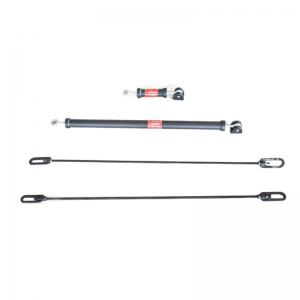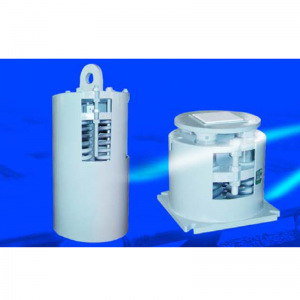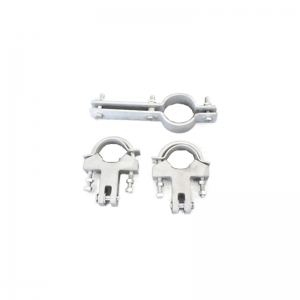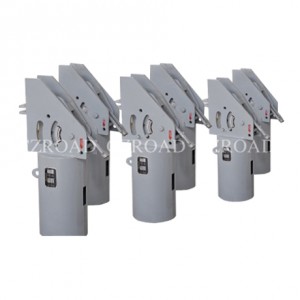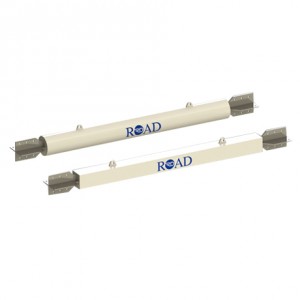What is a Shock Transmission Unit/Lock-up device?
Shock transmission unit(STU), also known as Lock-up device(LUD), is basically a device connecting separate structural units. It is characterized by its ability to transmit short-term impact forces between connecting structures while permitting long-term movements between the structures. It may be used to strengthen bridges and viaducts, particularly in cases where the frequency, speed and weights of vehicles and trains have increased beyond the original design criteria of the structure. It may be used for the protection of structures against earthquakes and is cost effective for seismic retrofitting. When used in new designs large savings can be achieved over conventional construction methods.

How does a Shock transmission unit/Lock-up device work?
The shock transmission unit/lock-up device consists of a machined cylinder with a transmission rod that is connected at one end to the structure and at the other end to the piston inside the cylinder. The medium within the cylinder is a specially formulated silicone compound, precisely designed for the performance characteristics of a specific project. The silicone material is reverse thixotropic. During slow movements caused by temperature change in the structure or shrinkage and long-term creep of concrete, the silicone is able to squeeze through the valve in the piston and gap between the piston and cylinder wall. By tuning the desired clearance between the piston and the cylinder wall, different characteristics can be achieved. A sudden load causes the transmission rod to accelerate through the silicone compound within the cylinder. The acceleration quickly creates a velocity and make the valve closed where the silicone cannot pass fast enough around the piston. At this point the device locks up, usually within a half second.
Where a shock transmission unit/lock-up device applicable for?
1, Cable Stayed Bridge
Large span bridges often have extremely large displacements due to seismic reactions. The ideal large span design would have the tower integral with the deck to reduce these large displacements. However, when the tower is integral with the deck, the forces of shrinkage and creep, as well as thermal gradients, greatly affect the tower. It is a much simpler design to connect the deck and tower with STU, creating the fixed connection when desired but permitting the deck to move freely during normal operations. This reduces the cost of the tower and yet, due to the LUDs, eliminates the large displacements. Recently, all major structures with long spans are utilizing the LUD.
2, Continuous Girder Bridge
The continuous girder bridge can also be regards as a four-span continuous girder bridge. There is only one fixed pier which must take all loads. In many bridges, the fixed pier is unable to withstand the theoretical forces of an earthquake. A simple solution is to add the LUDs at the expansion piers so that all three piers and abutments share the seismic load. The adding of the LUDs is quite cost effective as compared to strengthening the fixed pier.
3, Single Span Bridge
The simple span bridge is an ideal bridge where the LUD can create strengthening through the sharing of load.
4,Anti-seismic retrofit and reinforcement for bridges
The LUD can play a significant role in assisting the engineer in upgrading the structure at a minimum cost for anti-seismic reinforcement . In addition, bridges can be strengthened against wind loads, acceleration, and braking forces.







